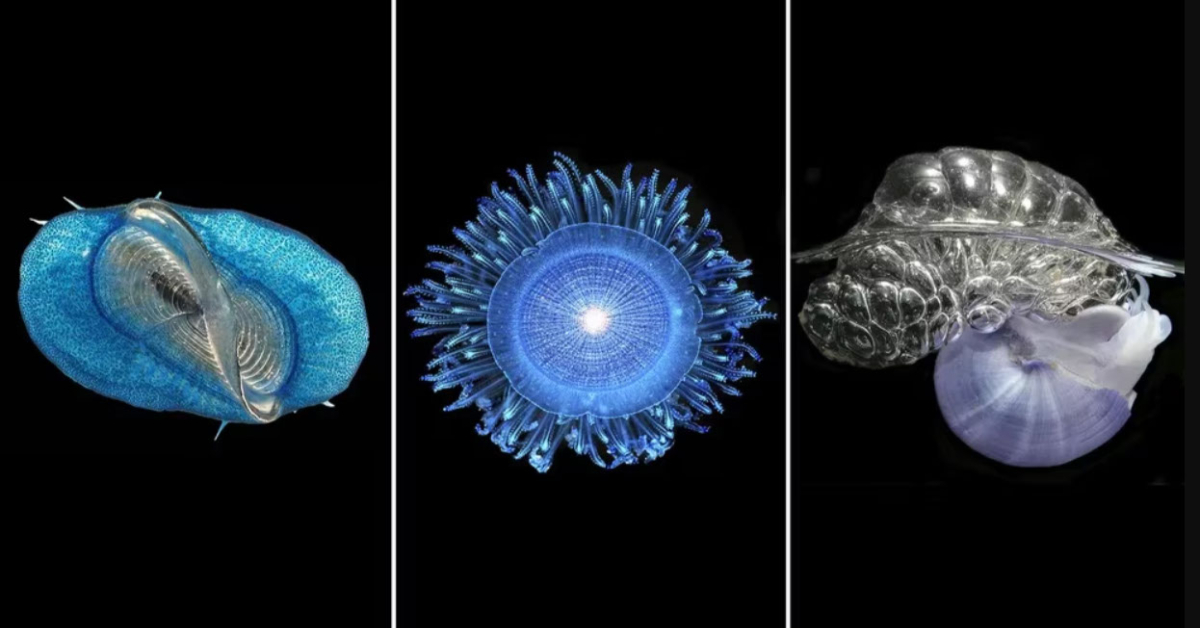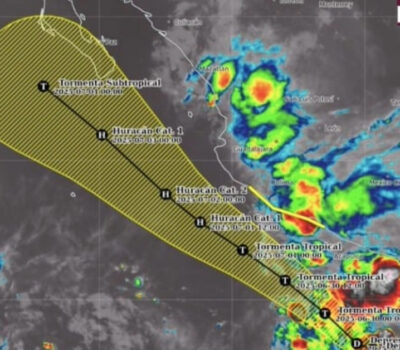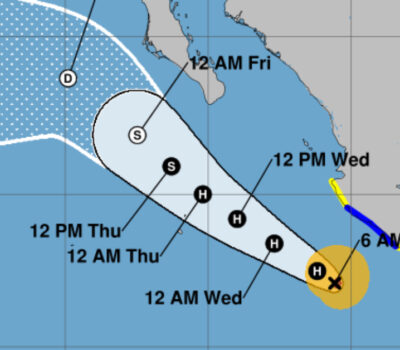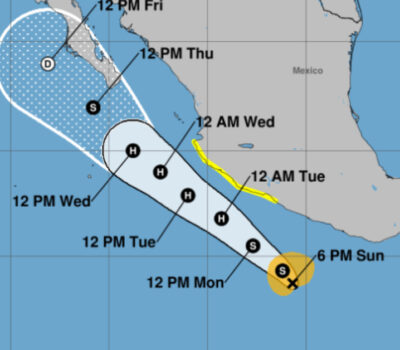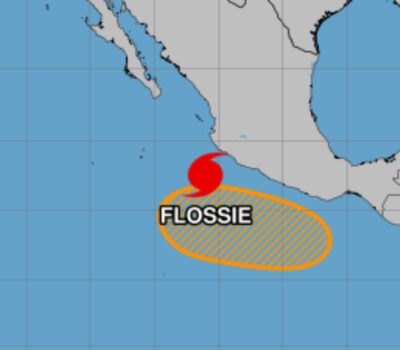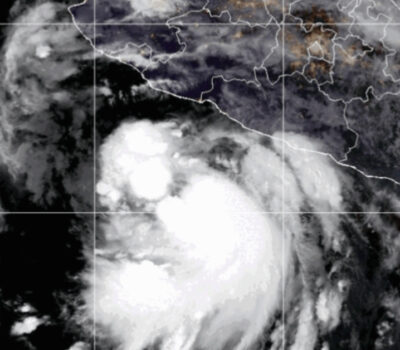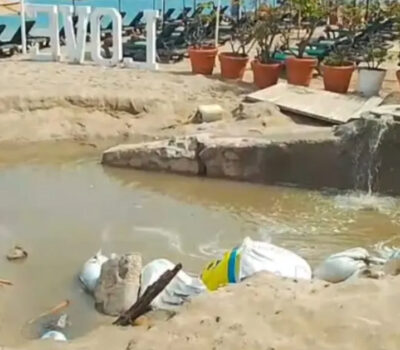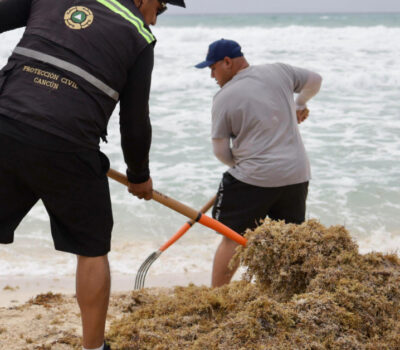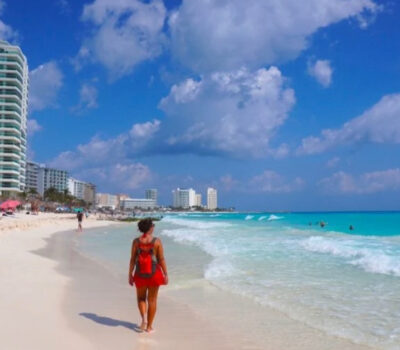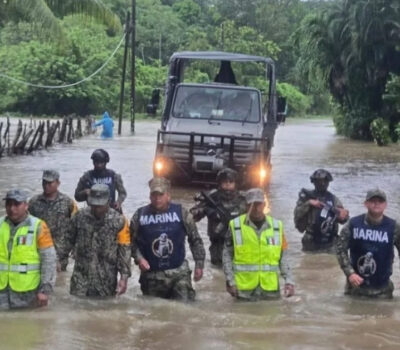Puerto Vallarta (PVDN) – The North Pacific “garbage patch” (NPGP), notorious for its accumulation of plastic debris, also serves as a unique habitat for a diverse array of marine creatures. Swirling ocean currents not only trap the trash, but also help establish an entire ecosystem, according to a recent study published in PLOS Biology.
Researchers from the University of Hull, Liverpool, Georgetown University, and Hawaii collaborated on this study, which found that the NPGP is home to various marine species, including jellyfish, snails, and barnacles, as well as the neuston, a planktonic component inhabiting the top meter of the world’s oceans. The neuston’s location is significant, as it reflects changes occurring in both the atmosphere and the oceans.
In 2019, the scientists spent 80 days investigating the marine life within the NPGP. With the help of a sailing ship crew, they collected samples of animals and plastic debris while utilizing computers to chart the optimal course for their research. They discovered that the NPGP and other areas of high plastic concentration might serve crucial ecosystem functions beyond simply being garbage patches.
Surprisingly, the researchers observed more marine creatures within the NPGP than around its periphery. The presence of plastic debris was correlated with the abundance of certain marine species, such as sea rafts, blue sea buttons, and violet sea snails. The scientists hypothesize that the same currents responsible for accumulating trash also benefit these animals by providing access to food and mates. However, human activities, like plastic pollution, could endanger these oceanic hotspots and their dependent species.
“The garbage patch is an ecosystem, not because of the plastic, but in spite of it,” said Rebecca Helm, a Georgetown researcher and one of the paper’s authors. The study also emphasizes the importance of understanding the ecology of these organisms, as well as the need to examine the impact of offshore industries and emerging activities on ocean surface ecosystems. “Our study highlights the value of community science and its importance in the study of life at the air-sea interface,” concluded Helm.
Puerto Vallarta (PVDN) - Discover the thriving ecosystem in the North Pacific Garbage Patch, where marine life adapts and flourishes despite the plastic pollution . . .

